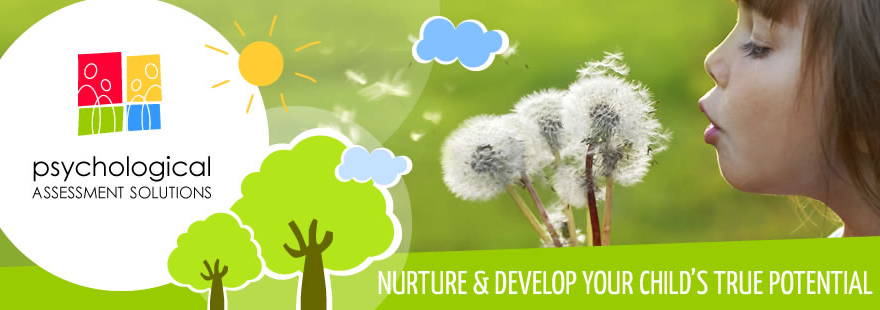Obsessive Compulsive Disorder (OCD) is a type of anxiety disorder that is experienced by both adults and children. Given that it is a type of anxiety disorder, the presentation of symptoms may change over time, though the underlying anxious feelings may remain.
Both adults and children who are diagnosed with OCD experience upsetting or scary thoughts or images, called “obsessions” that pop into their mind and are hard to shake. They may worry about things not being “in order” or “just right” or worry about losing things; sometimes feeling the need to collect these items, even though they may seem useless to other people. For example, a five year old client used to collect used bottles and tags from clothes.
Someone who is diagnosed with OCD feels strong urges to do certain things repeatedly — called rituals or compulsions — in order to banish the scary thoughts, ward off something dreaded, or make extra sure that things are safe, clean, or right in some way. Initially, the child may feel better after carrying out the act but in the long run, the rituals may exacerbate OCD severity and prompt re-emergence of the obsessions.
Children may have a difficult time explaining a reason for their rituals and say they do them “just because.” This is quite common for younger children, those with poor verbal skills or low emotional awareness. But in general, by doing a ritual, someone with OCD is trying to relieve anxiety. They may want to feel absolutely certain that something bad won’t happen or to feel “just right.”
Among kids and teens with OCD, the most common obsessions include:
- Fear of dirt or germs
- Fear of contamination
- A need for symmetry, order, and precision
- Religious obsessions
- Preoccupation with bodily waste
- Lucky and unlucky numbers
- Sexual or aggressive thoughts
- Fear of illness or harm coming to oneself or relatives
- Preoccupation with household items
- Intrusive sounds or words
These compulsions are the most common among kids and teens:
- Grooming rituals, including hand washing, showering, and teeth brushing
- Repeating rituals, including going in and out of doorways, needing to move through spaces in a special way, or re-reading, erasing, and rewriting
- Checking rituals to make sure that an appliance is off or a door is locked, and repeatedly checking homework
- Rituals to undo contact with a “contaminated” person or object
- Touching rituals
- Rituals to prevent harming of self or others
- Ordering or arranging objects
- Counting rituals
- Hoarding and collecting things of no apparent value
- Cleaning rituals related to the house or other items
Many children have obsessions and compulsions and they can be a normal part of children’s development.
For example, some kids become obsessed about certain things at a certain age, or a specific show that they like or wanting to go to bed at a certain time. However, when these unwanted thoughts or compulsive behaviour, or both, don’t go away and start to interfere with daily life, it might be useful to get a second opinion to assess if your child maybe displaying symptoms of obsessive compulsive disorder (OCD).
Obsessive compulsive disorder won’t go away on its own. And sometimes children who have OCD go on to have other emotional difficulties later in life. Therefore, it is important to seek professional treatment for your child with OCD
Because obsessive thoughts and compulsive behaviour affect your child’s ability to relax and enjoy life, your child with OCD might have challenges such as:
- Problems at school – for example, difficult paying attention or doing homework
- Disrupted routines – for example, your child not willing to go to school, come to dinner or go to sleep until her rituals are done
- Physical problems from feeling stressed or not getting enough sleep
- Social problems – for example, your child may spend more time on his/her obsessions and compulsions than with their friends, or they may feel ashamed of their OCD or have trouble dealing with other people’s reactions to their behaviour and thereby avoid social situations
- Self-esteem problems – for example, your child nay worry that they’re different from their friends and family or that they’re not in control of their behaviour
Getting help for your child with OCD
A first step in helping your child overcome OCD is to obtain a referral from your GP to visit a psychologist, paediatrician or a child psychiatrist. The health care professional you see will assess your child’s symptoms by talking with you, your child and possibly staff at your child’s school.
Cognitive behaviour therapy (CBT) is the best way to treat OCD. This therapy helps your child develop skills to change their pattern of thinking and behaviour when they are in a situation that makes them anxious.
For example, your child might be extremely worried that they’ll get sick if they don’t wash their hands all the time. A therapist might use CBT to help your child learn that nothing bad will happen if they stop this behaviour. This might involve getting your child to touch things they think are dirty and go for longer before washing their hands. The aim is to show them that it won’t make them sick and that they don’t need to wash their hands all the time.
In severe cases, medication might be used in combination with therapy. But there isn’t much information about how successful medication is with children under seven years of age.
Your GP will probably talk with you about a GP Mental Health Treatment Plan for your child. Obtaining a plan doesn’t always mean your child has a serious problem. But if you have a Plan, you can receive Medicare Rebates for up to 10 sessions per calendar year with a psychologist. You can also receive Medicare Rebates for visits to a paediatrician or psychiatrist. Your GP can help you locate the right health professional.

